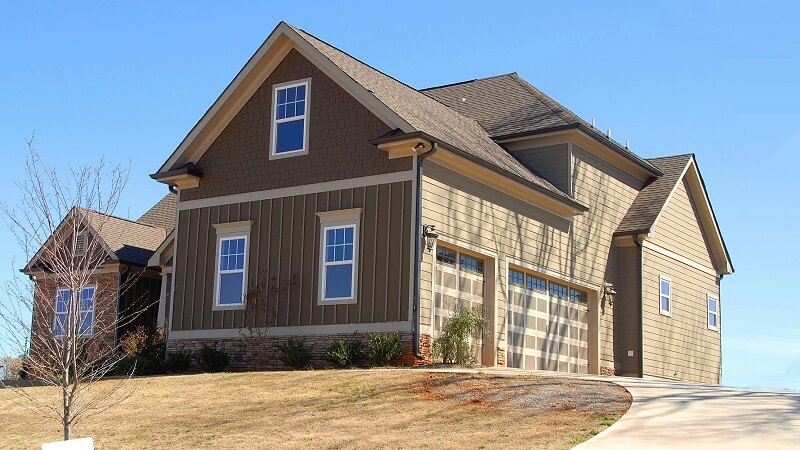When it comes to home maintenance, foundation issues are easy to ignore—until they’re not. Unlike a leaky faucet or a flickering light, signs of foundation damage can be subtle at first. But left unchecked, those cracks and shifts can lead to major structural problems, especially in older homes where the original building materials may already be under stress.
If you’ve noticed sloping floors, doors that stick, or cracks in your walls, those aren’t just cosmetic annoyances—they’re potential red flags that your foundation is in trouble.
Foundation Damage Doesn’t Fix Itself
This might sound obvious, but it’s worth repeating: foundation problems don’t go away on their own. In fact, they almost always get worse over time. Soil movement, moisture changes, tree roots, and old construction methods all contribute to shifting foundations. For older homes in particular, foundations built decades ago often weren’t designed with modern drainage or soil considerations in mind.
According to the National Association of Home Builders, the average lifespan of a pier-and-beam foundation is around 75 years, depending on climate and maintenance. That means many homes built before the 1950s are well past that window—and likely showing signs of strain.
Small Problems Can Become Big (and Expensive)
One of the biggest misconceptions about foundation damage is that it’s just a minor inconvenience. But ignoring it can create a domino effect of issues throughout your home. When a foundation shifts, everything built on top of it shifts too.
Here’s what can happen when foundation problems are left alone:
- Cracks in interior and exterior walls
- Uneven or sagging floors
- Stuck or misaligned doors and windows
- Plumbing line damage from shifting pipes
- Gaps between walls and ceilings
- Loss of structural integrity over time
The longer these problems persist, the more expensive and invasive the fix becomes. Catching them early can save you thousands of dollars down the line—not to mention the headache of major renovations.
Older Homes Have Unique Risks
Older homes carry a lot of charm—but also unique structural challenges. Many were built with pier-and-beam foundations, which are raised off the ground and supported by vertical piers. While this style allows for ventilation and easier plumbing access, it’s also more vulnerable to shifting soil, wood rot, and moisture intrusion.
If your home falls into that category, it’s worth learning more about what pier-and-beam foundation repair involves, especially if you’re noticing sagging floors or musty smells in crawlspaces. Unlike slab foundations, these systems can often be repaired and reinforced without major demolition—but timing is everything.
In areas like San Antonio, TX, where shifting soil and moisture changes are common, foundation issues are especially prevalent. That’s why it’s smart to bring in a local professional early on—someone who understands the regional conditions and can assess your foundation before small issues become costly repairs. They’ll know what to look for, what’s typical for your home’s age and style, and how to fix it efficiently.
Climate Plays a Role, Too
In areas with high clay content in the soil, like much of Texas and the southern U.S., foundations are especially prone to movement. Clay expands when wet and shrinks when dry, causing the ground to shift. According to FEMA, expansive soils cause more damage to homes each year than floods, hurricanes, and tornadoes combined.
That makes foundation maintenance not just a home improvement project, but a serious structural concern in many regions.
How to Spot Early Warning Signs
You don’t need to be a contractor to recognize the early signs of foundation trouble. Keep an eye out for:
- Cracks in walls, especially above doors and windows
- Gaps between baseboards and the floor
- Floors that bounce or feel uneven
- Doors that suddenly stop latching
- Moisture or standing water in crawlspaces
If you notice any of these, don’t wait it out. A professional inspection can tell you whether you’re dealing with natural settling or something more serious.
The Bottom Line: Don’t Wait
Foundation problems aren’t like squeaky cabinets—they get worse, not better. Especially in older homes, putting off repairs can turn a manageable issue into a full-scale renovation. Whether you’re living in a century-old bungalow or a mid-century ranch, investing in your foundation now can protect everything above it later.
If you think your foundation might need attention, the smartest move is to get it evaluated sooner rather than later. Peace of mind is a lot cheaper than structural repair.

